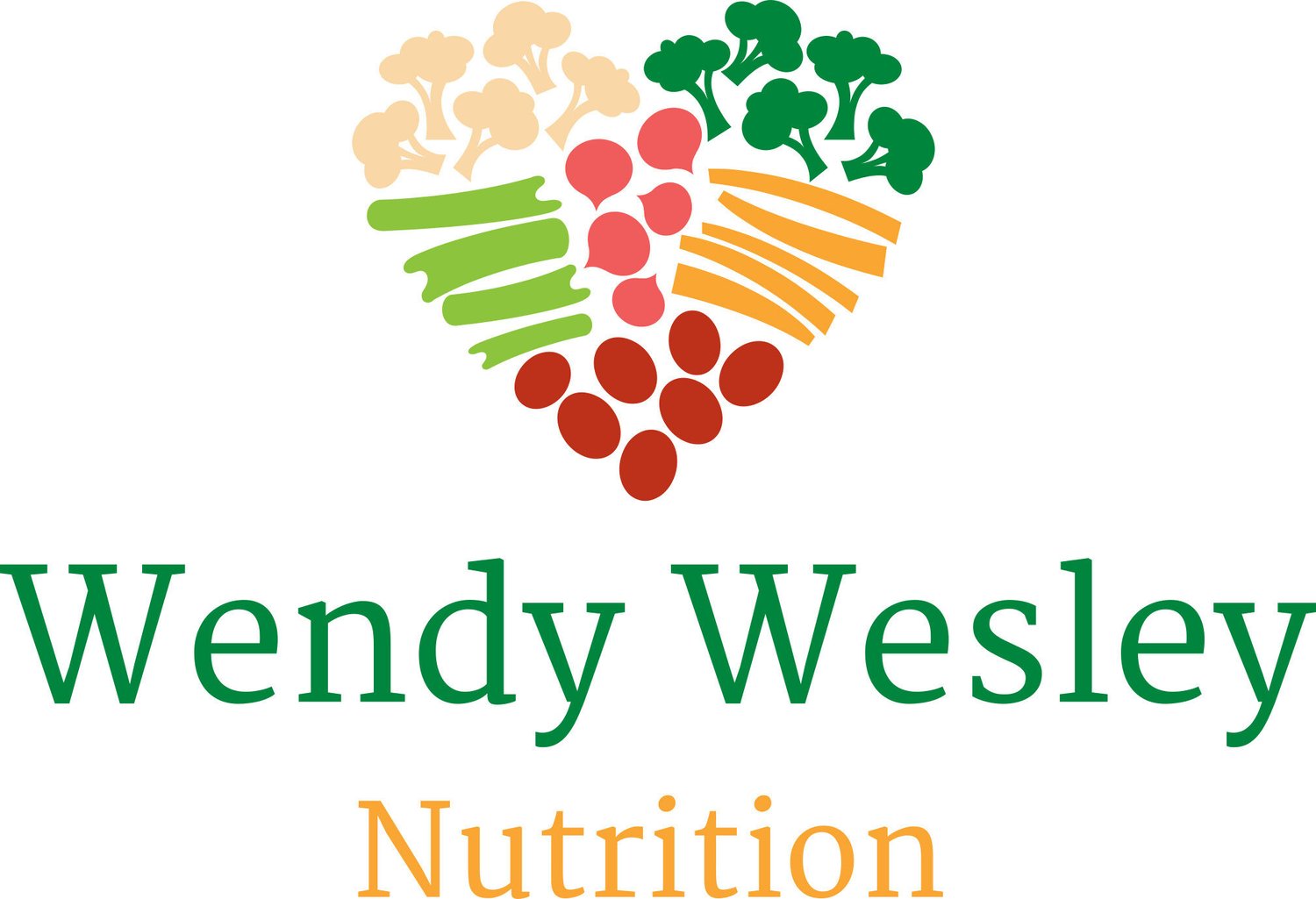Story by Megan Holmes of the St. Pete Catalyst
When the Walmart Neighborhood Market at Tangerine Plaza shuttered in February 2017, its loss shook the surrounding community. It was the second major grocery store to close its doors in just five years, after Sweetbay in 2013. Now, 1,000 days later, the 42-block area surrounding Tangerine Plaza (located on the corner of 22nd St. and 18th Ave S.) remains a United States Department of Agriculture (USDA) recognized food desert, marked by low income and a lack of access to healthy and affordable food.
Thanks in part to local food activist Wendy Wesley, who contributed a series of articles in the St. Pete Catalyst over the last several months, the issue of food insecurity has come front and center to the St. Petersburg City Council. Last week, Council member Gina Driscoll asked her colleagues to refer a discussion of methods for expanding healthy food options, including possible regulations and incentives, to the Health, Energy, Resiliency and Sustainability committee. The item passed unanimously.
Driscoll cited the City of St. Petersburg’s Health in All Policies initiative as a driving factor in the City’s responsibility to address food insecurity. “I think we have a responsibility to have a conversation together on how we might address that and expand the options for healthy food throughout our city, particularly in these areas,” said Driscoll. “There is a lot of research and information out there that points to a true correlation between food insecurity and the existence of small-box discount retail stores … These stores are opening closer and closer to each other, which could serve as a deterrent to larger, more traditional grocery stores that have healthy offerings from moving into an area.”
“Regarding how we address this, I don’t have an end game in mind, I’ve been studying what other cities are doing,” Driscoll continued. “Some have incentives in place, others have restrictions and regulations in place regarding these dollar stores, as they’re usually called. But I’d like us to talk about it and see what this could look like for St. Pete … how we might work with these stores and give incentives, and have a proactive approach that helps us to work together to address this problem.”
Council member Darden Rice also agreed that the discussion was in line with Health in All Policies. “I’m really glad Council member Driscoll is bringing forward this conversation, I think it’s important,” she said. “I appreciate that we don’t know the end game because I’d love to see us work out incentives rather than restrictions. But I think it’s worth our while given the food deserts in South St. Pete, and our challenges finding a grocery store solution at Tangerine Plaza.”
Council member Lisa Wheeler-Bowman, who represents the district where Tangerine Plaza is located, thanked Driscoll for bringing the issue forward, but asked that Council proceed with caution. “While these small stores may not sell produce, they do sell milk,” she said. “I want to make sure that we are not going to put these stores out of business or anything like that because I know that people depend on them.”
Almost none of the dollar stores (i.e. Dollar General, Dollar Tree and Family Dollar) sell fresh fruit, vegetables, or meat. But they do sell processed foods, which tend to be high in sugar and sodium, at the lowest possible prices. Dollar stores are now so numerous, they now outnumber McDonalds and Starbucks combined with more than 30,000 stores nation-wide. This proliferation has meant that cities across the United States are struggling to provide access to fresh, healthy foods in low-income areas where traditional grocery stores offering fresh, healthy food are being out-price.
As outlined in Wesley’s latest article, cities are taking matters into their own hands. Last week, Fort Worth’s City Council voted to make changes to the city’s zoning code, which require dollar stores to be located two or more miles apart, and requires a percentage of the store’s square footage to be dedicated to fresh fruits and vegetables, dairy and meats. Cities like Birmingham, Alabama, Kansas City, Missouri, Mesquite, Texas and New Orleans have also passed similarly restrictive ordinances.
In Baldwin, Florida, the city itself has taken matters into its own hands, opening a city-owned and city-run grocery store to fill the gap between dollar store offerings and residents driving tens of miles to the next nearest grocery store for fresh produce. Similar models have been successful in St. Paul, Kansas.
It is not yet clear which solutions will be considered in St. Petersburg, but the conversation is officially started. “These types of stores are not the only way that we can increase healthy food options in our city, but because there are so many of them and they’re in these great locations in the middle of where we do have food insecurity, I want to see how we can use that to our advantage to help people get better access to good food,” Driscoll explained.
“It’s not about getting rid of them, it’s about getting them on board.”

